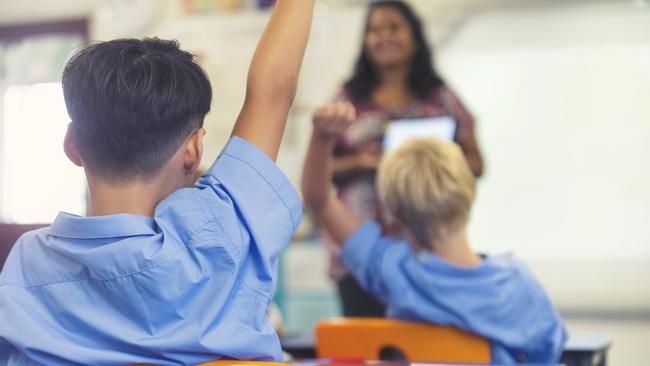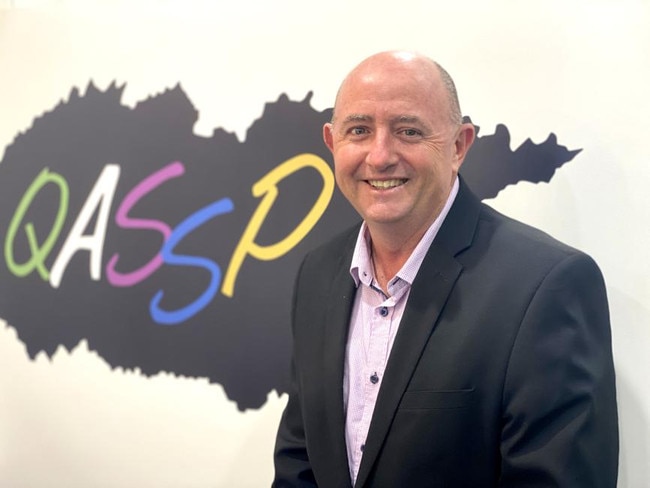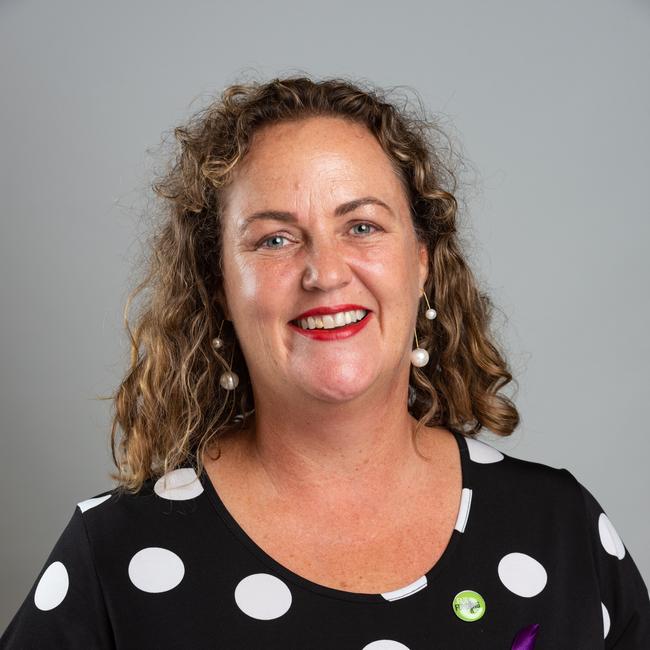Education Qld: State schools missing out on millions in funding
Queensland’s public school students are missing out on millions of dollars in funding compared to their privately educated counterparts, a new report has revealed.

Schools Hub
Don't miss out on the headlines from Schools Hub. Followed categories will be added to My News.
Queensland state schools will be left with fewer teacher aides, behavioural psychologists and modern classrooms unless a dramatic funding divide is reversed, industry experts have warned.
The Australian Education Union has released data from the Australian Curriculum, Assessment and Reporting Authority 2023 School Finance dataset revealing that Queensland private schools receive 23 per cent more recurrent income per student than public schools.
The report found that capital expenditure in private schools was also 2.4 times more than public schools, up from 1.3 in 2021.
According to ACARA, Queensland private schools had spent $5.4bn more on school infrastructure than public schools in 2023 when student numbers were considered.
Queensland Association of State School Principals president Pat Murphy said QASSP supported SRS funding being at 100 per cent and understood there was delicate negotiations between state and federal government and hope there is a successful resolution for Queensland students.
“At some schools, the resource ensures that we can assist every student to attain minimum standards but at another it’s about enhancing the curriculum offerings to extend them as learners,” he said.

“QASSP supports schools having a dedicated workplace health and safety officer and rehabilitation co-ordinators to allow teachers to teach and principals to be instructional leaders.
“Every primary school across Australia, would love a spare room for students who might need to regulate their behaviour or rooms for psychologists or NDIS providers to work one-on-one with students.”
Queensland Teachers’ Union president Cresta Richardson said insufficient public school funding compromises educational outcomes for students and puts additional stress on teachers and school staff.
“The lack of funding for public schools creates significant barriers to teaching and learning,” Ms Richardson said.
“Students need modern, well-equipped classrooms that foster creativity and engagement. We need every student to have the resources they need to learn.”
AEU federal president Correna Haythorpe said that the data clearly showed how inequitable the distribution of funding was and showed the urgency in achieving full funding.

“Public schools educate the vast majority of Australian students, including more students who face educational disadvantage, yet they are significantly underfunded,” Ms Haythorpe said.
“This shortfall in funding to public schools means they are denied the vital resources that they need to deliver high quality teaching and learning programs.”
“Public schools are lagging behind both in recurrent income per student and in money spent on school infrastructure, which creating deep inequity and a two-tiered system,” Ms Haythorpe said.
“That is why is it so important that the Albanese Government has committed to increasing the commonwealth share of the SRS to a minimum of 25% and why state governments must put in a full 75 per cent so that all public schools are funded to 100% of the SRS.”
“With an imminent federal election, there must be bipartisan support for full funding of public schools,” Ms Haythorpe said.
“The Leader of the Opposition Peter Dutton has so far refused to commit to full funding of public schools and matching the current Government’s commitment to lift the Commonwealth’s share to a minimum 25% of the SRS.”
“We call on Peter Dutton to give an iron clad guarantee that Queensland public schools will not be worse off should he become prime minister in any future election.”





